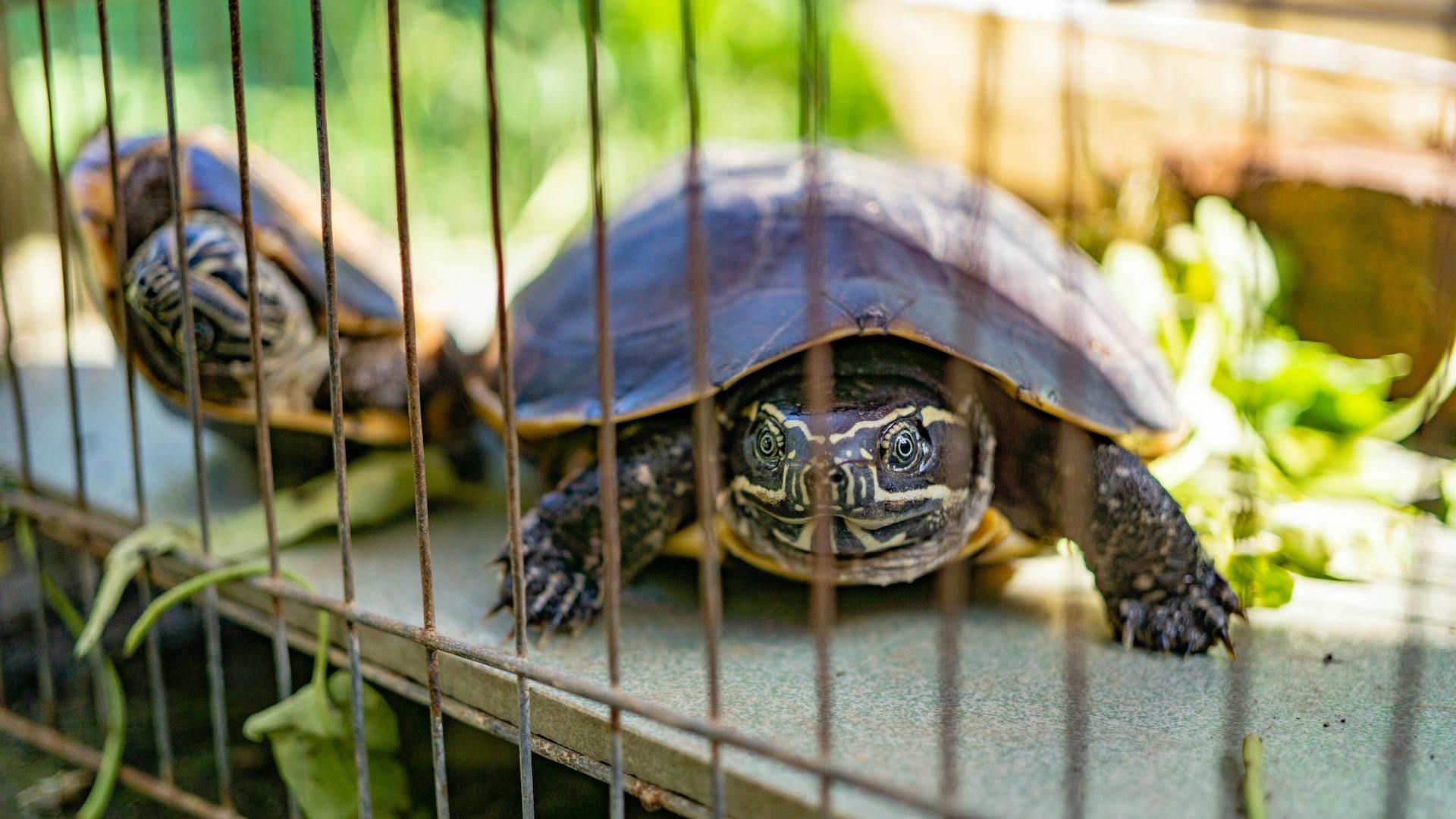Bringing home a new exotic reptile is an exciting experience, but it comes with significant responsibilities.
One of the most critical yet often overlooked aspects of exotic reptile ownership is proper quarantine. Quarantining new reptiles isn’t just a precautionary measure—it’s an essential practice that protects both your new pet and any existing animals in your collection.
By isolating new arrivals for a designated period, you can monitor their health, treat any potential diseases, and ensure they’re acclimating well to captivity before introducing them to your main enclosures or other reptiles.
This comprehensive guide will walk you through every aspect of proper quarantine procedures for exotic reptiles, from preparation to completion, helping you establish best practices that will benefit your scaled companions for years to come.
Understanding Why Quarantine Is Essential
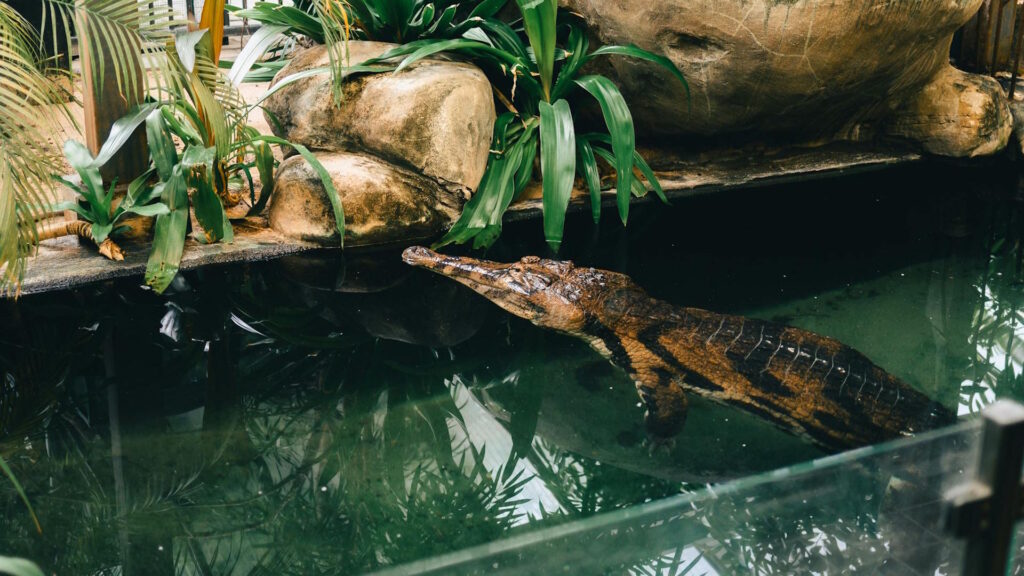
Quarantine serves as a crucial first line of defense against the spread of diseases, parasites, and pathogens that could devastate your entire reptile collection.
Many reptiles, particularly wild-caught specimens, harbor internal parasites, bacterial infections, or viral diseases that may not show immediate symptoms but can be highly contagious to other animals.
Even captive-bred reptiles from reputable sources can be carriers of pathogens, especially if they’ve been housed with multiple animals at breeding facilities or pet stores.
Additionally, the stress of transportation and relocation can temporarily suppress a reptile’s immune system, causing dormant infections to become active.
Quarantine provides a controlled environment where these health issues can be identified and addressed before they pose a risk to established pets, potentially saving you significant heartache and veterinary expenses in the long run.
Setting Up a Proper Quarantine Space
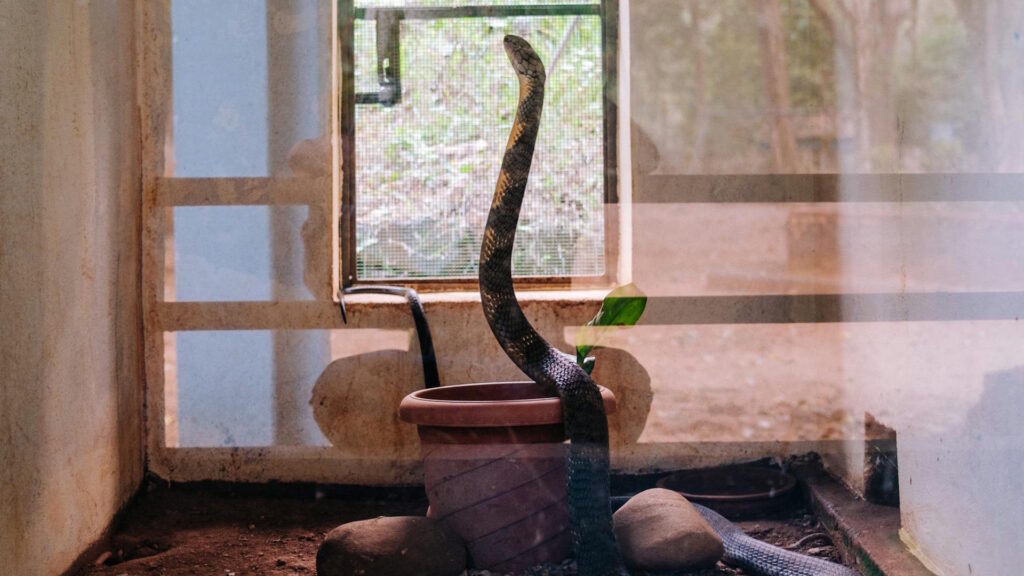
Your quarantine setup should be in a completely separate room from your existing reptiles, ideally with its own air circulation system to prevent airborne pathogens from spreading. If a separate room isn’t possible, place the quarantine enclosure as far as possible from other reptiles and use air purifiers to minimize airborne transmission.
The quarantine enclosure itself should be simple but functional, focusing on essential elements rather than elaborate decorations that can harbor pathogens. Use easily disinfected materials like paper towels for substrate, basic hide boxes, appropriate heating and lighting, and disposable or easily sanitized food and water containers.
Remember that this setup is temporary—prioritize ease of cleaning and observation over aesthetics during this critical period, as you’ll need to monitor your new pet closely and clean frequently.
Determining the Appropriate Quarantine Duration
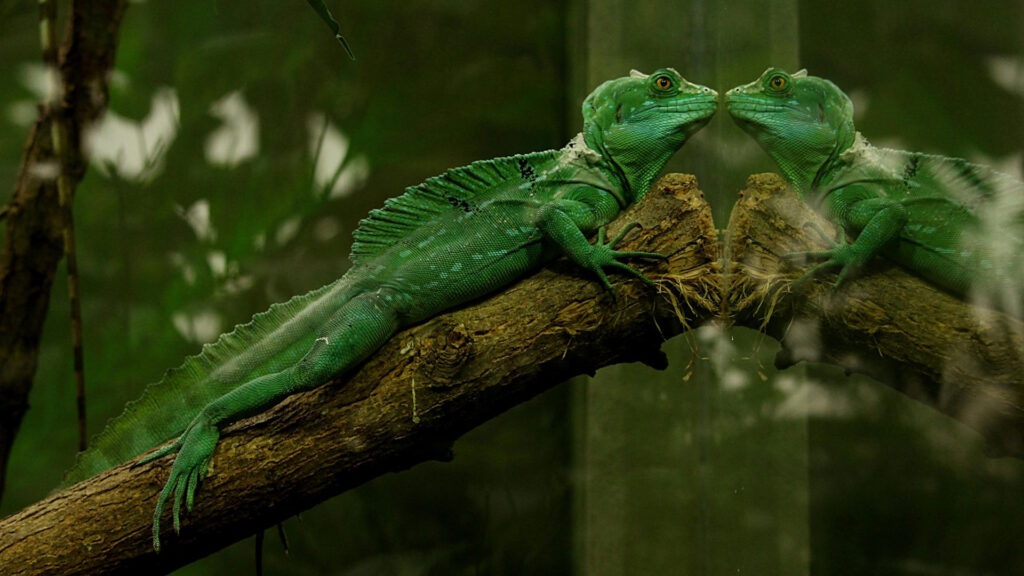
The appropriate length of quarantine varies depending on several factors, including the reptile species, its origin, and your risk tolerance, but generally spans between 30 to 90 days. Wild-caught specimens typically require longer quarantine periods—at least 90 days—as they have higher chances of carrying parasites or diseases compared to captive-bred animals.
For captive-bred reptiles from reputable sources, a minimum of 30-60 days is still recommended to observe for any health issues that might emerge under the stress of relocation. Species known to be susceptible to specific pathogens, such as bearded dragons prone to Adenovirus or box turtles vulnerable to ranavirus, might benefit from extended quarantine periods.
Remember that quarantine isn’t just about waiting for a certain number of days to pass—it’s about actively monitoring health and addressing any issues that arise during this period before integration with your collection.
Implementing Proper Hygiene Protocols
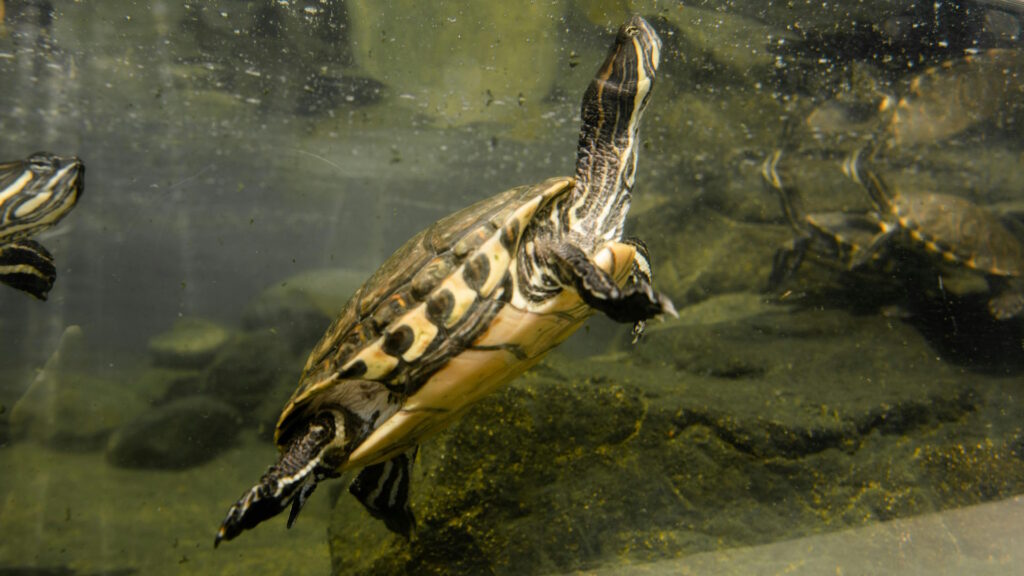
Strict hygiene protocols are the cornerstone of effective quarantine procedures and must be rigorously maintained throughout the entire process.
Always handle the quarantined reptile last after caring for your established collection, or better yet, designate separate tools, gloves, and even clothing for quarantined animals.
Wash hands thoroughly with antibacterial soap both before and after handling the quarantined reptile, and consider using hand sanitizer with at least 70% alcohol content for additional protection.
Use disposable gloves when possible, changing them between handling different quarantined animals if you have multiple new arrivals.
Implement a footbath with a veterinary-grade disinfectant at the quarantine room entrance if housing multiple high-value reptiles to prevent tracking pathogens on your shoes. Remember that some reptile pathogens can survive on surfaces for extended periods, making consistent hygiene practices essential for preventing cross-contamination.
Monitoring Health During Quarantine
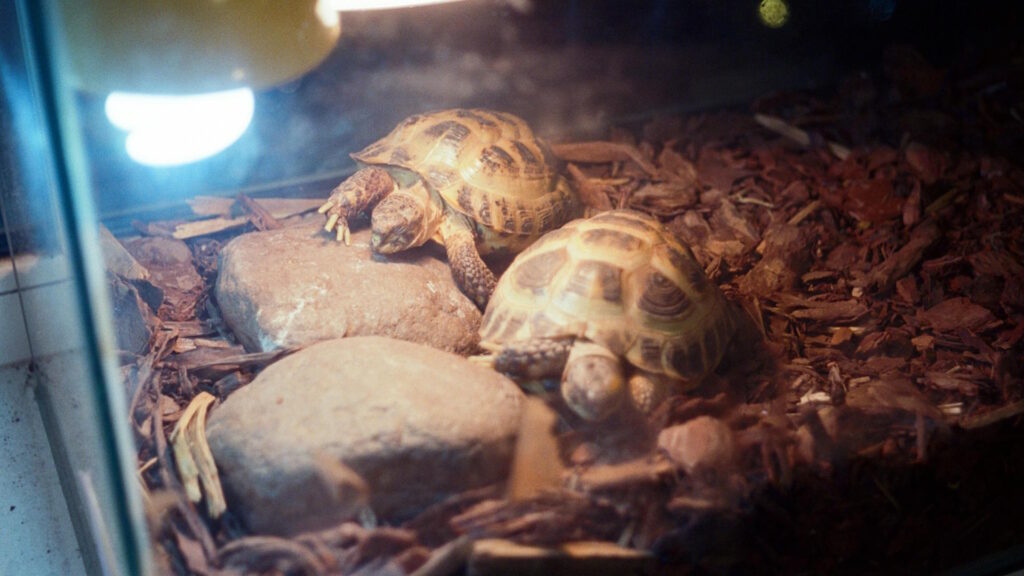
Daily health monitoring is essential during quarantine and should become part of your routine reptile care regimen. Establish a monitoring schedule where you systematically observe and document your new reptile’s behavior, eating habits, defecation patterns, weight changes, and physical appearance. Look for subtle signs of health issues such as lethargy, abnormal posturing, difficulty shedding, discolored skin, nasal or ocular discharge, or irregular breathing patterns.
Keep a quarantine journal to track these observations, noting feeding responses, weight measurements (taken weekly), defecation frequency, and consistency (taking photos when abnormalities are present).
This documentation not only helps identify potential health issues early but also provides valuable information for your veterinarian if medical intervention becomes necessary. Remember that reptiles are masters at hiding illness, so minor behavioral changes might indicate significant health problems requiring immediate attention.
Scheduling Veterinary Examinations
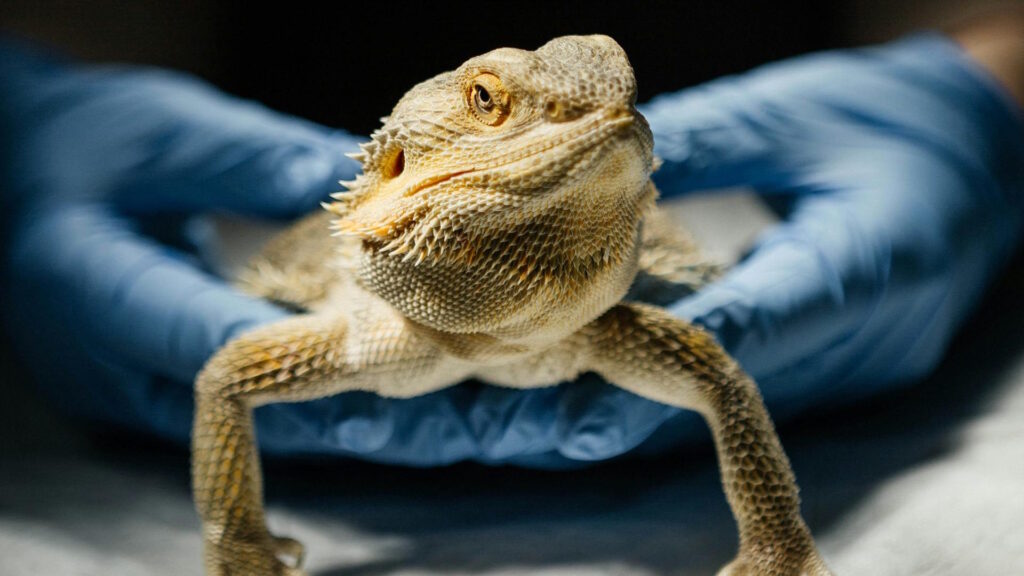
A veterinary examination should be scheduled within the first week of quarantine, even if your new reptile appears perfectly healthy. Find an experienced exotic veterinarian specializing in reptiles, as general practitioners often lack the specialized knowledge needed for proper diagnosis and treatment of exotic species.
The initial examination should include a thorough physical assessment, fecal parasite testing, and potentially blood work to establish baseline health parameters. Depending on the species and symptoms, your veterinarian might recommend additional diagnostic tests such as radiographs, bacterial cultures, or specific disease screenings for conditions common to your reptile species.
Be prepared to follow up with a second examination toward the end of the quarantine period to confirm the animal’s health status before integrating it with your collection. Establishing a relationship with an exotic veterinarian early also ensures you have professional support readily available should emergency situations arise during or after quarantine.
Managing Parasites in New Reptiles
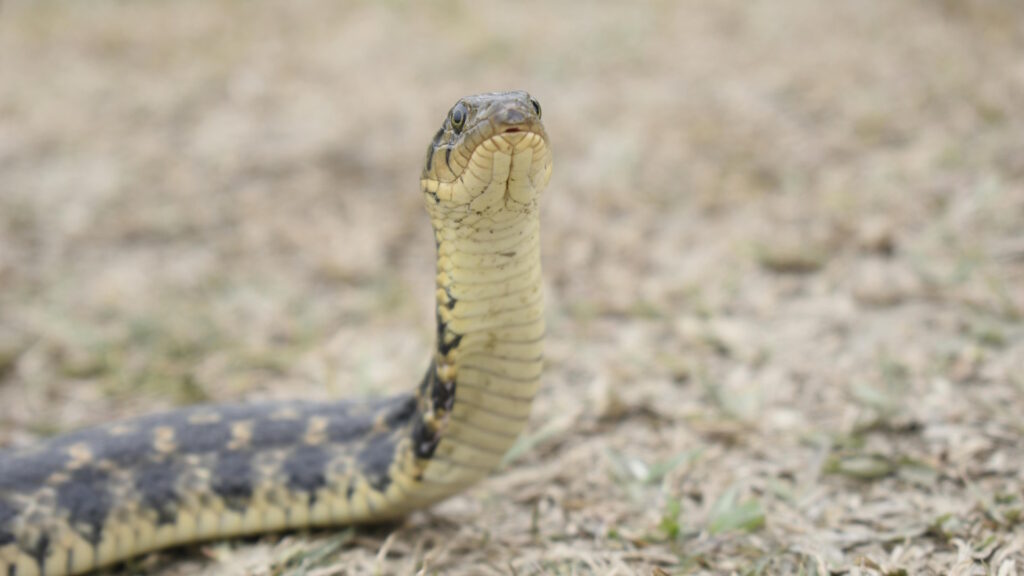
Parasite management is one of the primary reasons for quarantining new reptiles, as parasitic infections are extremely common in reptiles, particularly those that are wild-caught or from facilities with suboptimal husbandry. Submit fresh fecal samples to your veterinarian for parasite testing within the first few days of quarantine, and again after any treatments to confirm their effectiveness. Multiple fecal tests are recommended throughout the quarantine period, as some parasites shed eggs intermittently and might be missed in a single examination.
Common internal parasites include nematodes (roundworms), cestodes (tapeworms), coccidia, and flagellates like Giardia, while external parasites include mites, ticks, and subcutaneous worms. Work closely with your veterinarian to develop appropriate treatment protocols if parasites are detected, as improper medication dosing can be harmful or even fatal to reptiles. Remember that some parasites have complex life cycles requiring multiple treatment rounds spaced weeks apart to completely eliminate them.
Feeding Strategies During Quarantine
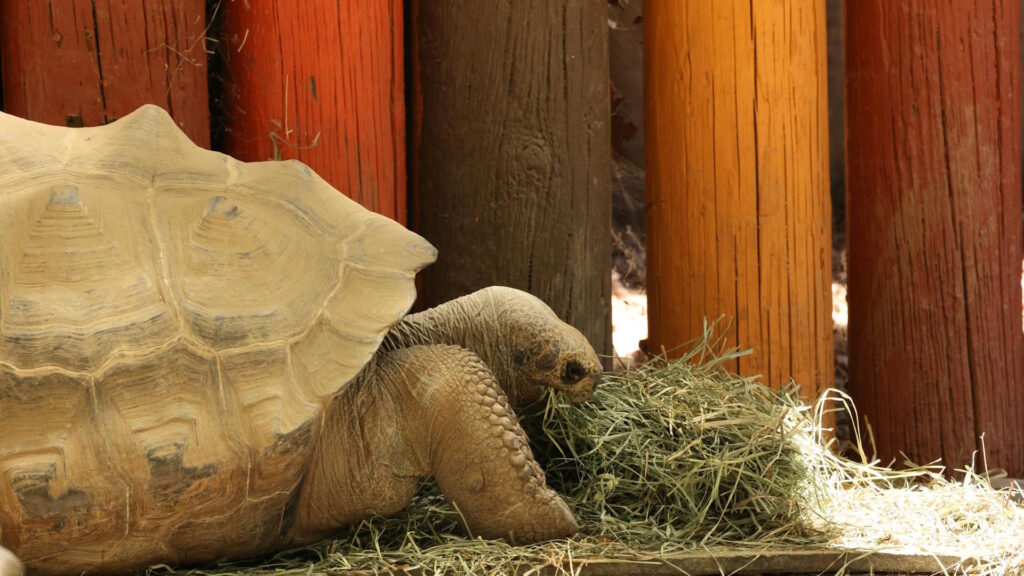
Developing appropriate feeding strategies during quarantine helps establish healthy eating patterns while minimizing stress and allowing you to monitor appetite as an indicator of health. Begin with smaller, more frequent meals than what would be typical for an established reptile of the same species, as this reduces digestive stress and allows you to gauge appetite more accurately.
Offer familiar food items that the reptile would naturally consume in the wild or that are standard in captivity for that species, avoiding novel foods that might be rejected due to the stress of relocation. For reluctant feeders, try offering food during their natural active periods, which vary by species—nocturnal reptiles may feed better in evenings, while diurnal species typically prefer daytime feeding.
Keep detailed records of what foods are offered, accepted, or rejected, as changes in appetite often provide early warning signs of developing health issues. Consider hand-feeding only as a last resort for critically underweight animals, as this additional handling can increase stress during an already challenging adjustment period.
Managing Environmental Parameters

Providing optimal environmental conditions during quarantine is essential for reducing stress and supporting your new reptile’s immune system. Research the specific temperature gradients, humidity levels, UVB requirements, and photoperiod (light/dark cycle) needed for your particular species, and monitor these parameters daily using reliable thermometers, hygrometers, and timers.
Stress from improper environmental conditions can exacerbate existing health issues or trigger new ones, making careful habitat management a critical aspect of successful quarantine. For species requiring high humidity, like many tropical reptiles, consider using automated misting systems or manual misting several times daily to maintain appropriate moisture levels without creating excessively wet conditions that promote bacterial growth.
Provide appropriate UVB lighting for diurnal species that require it for vitamin D3 synthesis and calcium metabolism, ensuring the bulbs are positioned at the manufacturer’s recommended distance from the basking area. Remember that quarantine setups should prioritize function over form, but this doesn’t mean neglecting the environmental requirements that keep your reptile physiologically healthy.
Handling Stress and Acclimation
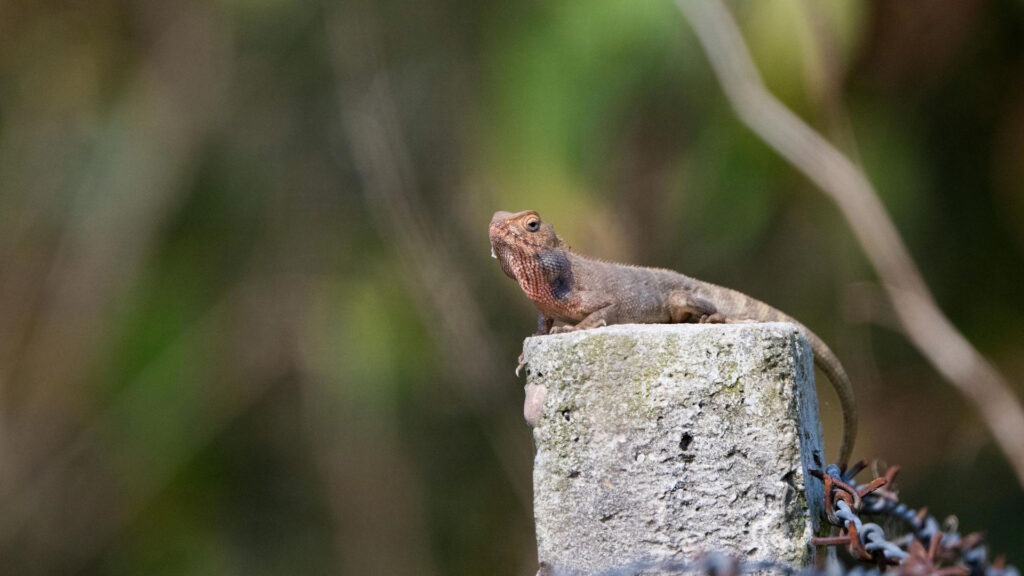
Minimizing stress during quarantine is crucial for supporting your new reptile’s immune function and overall health during this transition period. Limit handling to essential health checks and enclosure maintenance during the first few weeks, allowing the animal time to acclimate to its new environment without additional stressors.
Provide adequate hiding spaces that allow the reptile to feel secure—at minimum, offer one hide on the warm side and another on the cool side of the temperature gradient. Position the quarantine enclosure in a quiet area with moderate activity levels, avoiding high-traffic locations, loud noises, or exposure to potential predators like household pets that might trigger stress responses.
Respect the natural behaviors of your species; nocturnal reptiles should have their enclosures positioned away from bright daytime light, while arboreal species need appropriate climbing structures even in temporary setups. Remember that signs of stress vary by species but may include reduced appetite, excessive hiding, defensive posturing, color changes, or abnormal activity levels—document these observations to establish patterns and identify improvements as the reptile adjusts.
Cleaning and Disinfection Protocols
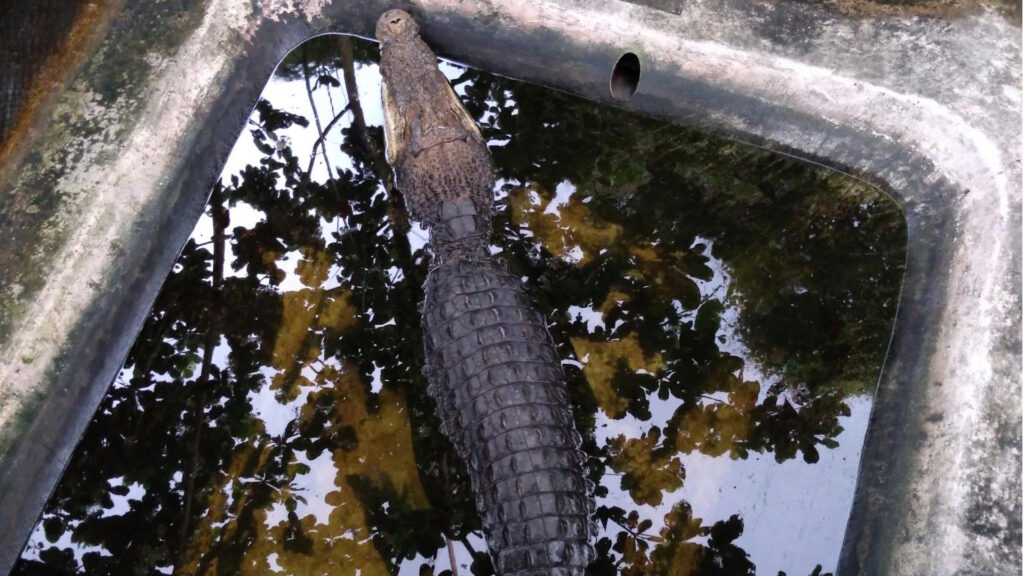
Implementing rigorous cleaning and disinfection protocols is essential for maintaining a hygienic quarantine environment that prevents pathogen buildup. Spot-clean the enclosure daily, removing uneaten food, feces, and soiled substrate promptly to reduce bacterial load.
Perform more thorough cleanings weekly, removing and replacing all substrate and disinfecting surfaces with reptile-safe products like chlorhexidine, F10SC, or a properly diluted bleach solution (typically 1:10 ratio of bleach to water). Always rinse thoroughly after disinfecting and allow surfaces to dry completely before reintroducing your reptile to prevent chemical exposure.
Disinfect all tools, water bowls, and removable enclosure items between uses, maintaining separate cleaning supplies for quarantined animals to prevent cross-contamination. Remember that some pathogens require specific disinfection protocols—for example, cryptosporidium is resistant to many standard disinfectants and requires extended contact time with ammonia-based products or steam cleaning.
Always wear gloves during cleaning procedures and wash hands thoroughly afterward to protect both yourself and your reptiles from zoonotic diseases and cross-contamination.
Troubleshooting Common Quarantine Issues
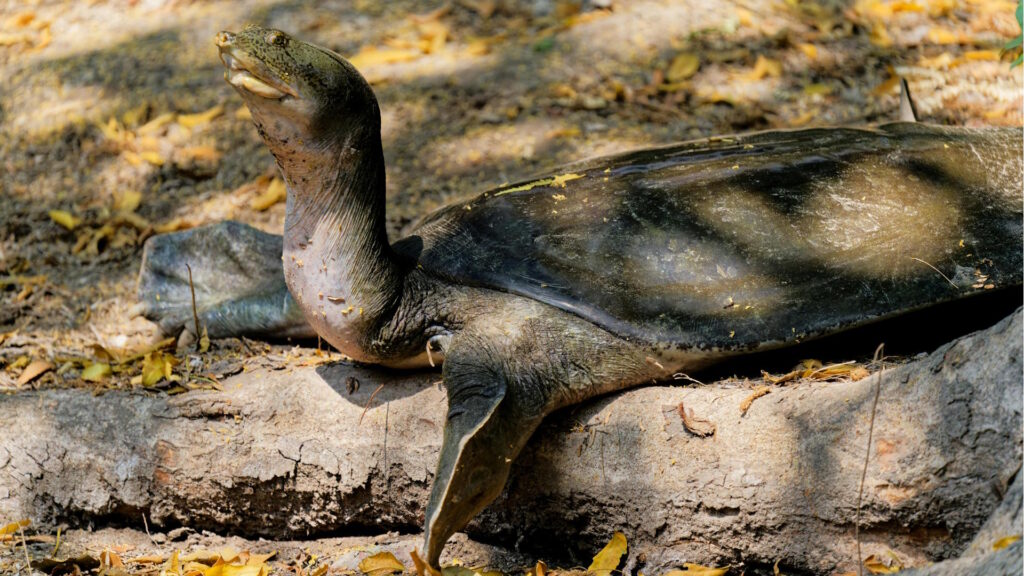
Even with meticulous planning, various challenges can arise during quarantine that require prompt attention and creative problem-solving. Feeding refusal beyond two weeks requires intervention—try offering different prey items, adjusting feeding times to match the reptile’s natural activity period, or temporarily modifying environmental parameters to stimulate appetite.
For reptiles showing signs of respiratory infection such as wheezing, nasal discharge, or open-mouth breathing, increase ambient temperature slightly (within species-appropriate range) and seek immediate veterinary care, as respiratory issues can rapidly become life-threatening. Weight loss exceeding 10% of body mass indicates a serious problem requiring veterinary assessment, potentially necessitating assisted feeding or fluid therapy.
Abnormal shedding patterns, particularly retained eye caps or tail tips, may indicate dehydration or inadequate humidity requiring environmental adjustments and possibly gentle assistance following veterinarian-approved methods. Remember that stress behaviors like glass surfing, excessive hiding, or defensive posturing might indicate environmental deficiencies or health issues requiring adjustments to enclosure design, lighting, or temperature gradients rather than simply being dismissed as “adjustment period” behaviors.
Transitioning from Quarantine to Permanent Housing
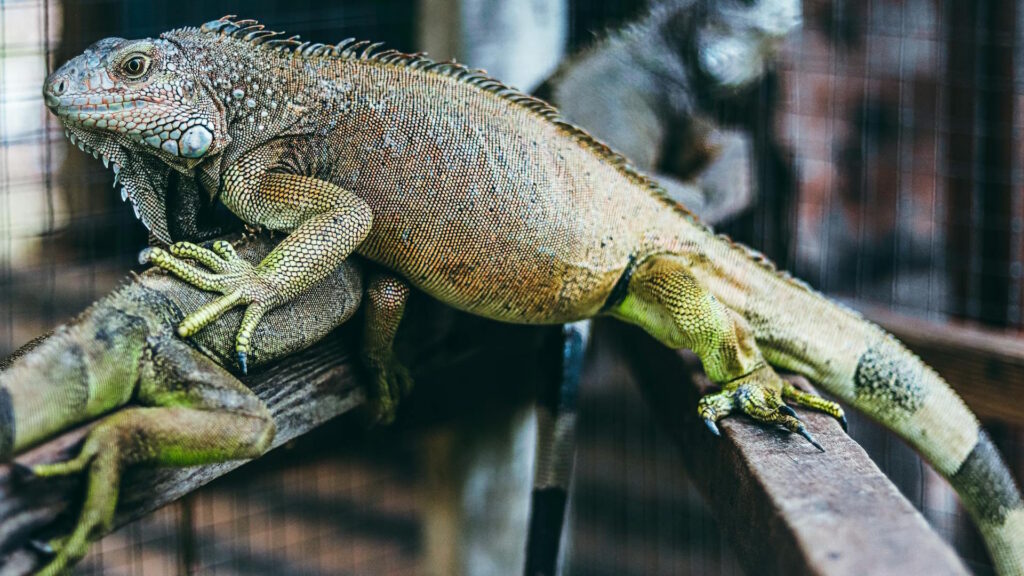
Successfully transitioning your reptile from quarantine to its permanent enclosure marks the completion of this critical care phase but should be approached methodically to minimize stress. Before ending quarantine, ensure the reptile has shown consistent health for at least two weeks, including normal appetite, defecation, behavior, and absence of any disease symptoms.
Consider obtaining a final veterinary examination and fecal test to confirm the animal is parasite-free and healthy enough for integration. Prepare the permanent enclosure at least 24 hours before the transition, establishing appropriate temperature gradients, humidity levels, and providing enrichment opportunities suitable for the species.
When moving the reptile, transfer some familiar items from the quarantine setup—like a favorite hide box or basking spot—to provide continuity and reduce stress associated with the new environment. Continue monitoring closely for the first few weeks after transition, watching for any regression in health or behaviors that might indicate stress or emerging health concerns.
Remember that some species are particularly sensitive to environmental changes, so this final transition should be managed as carefully as the initial quarantine introduction.
Conclusion
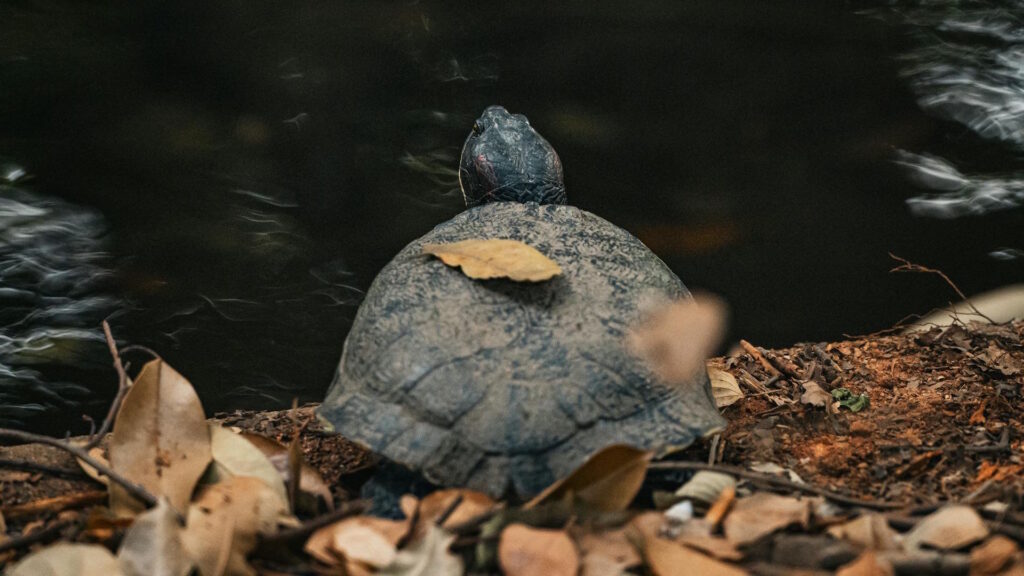
Proper quarantine procedures represent one of the most significant investments you can make in your exotic reptile’s long-term health and the safety of your entire collection. While the process requires patience, diligence, and resources, the benefits far outweigh the temporary inconvenience.
By following the comprehensive guidelines outlined in this article—from creating an appropriate quarantine space to implementing rigorous hygiene protocols and working closely with an experienced veterinarian—you establish a foundation for responsible reptile keeping that prioritizes animal welfare.
Remember that quarantine isn’t just about disease prevention; it’s also an invaluable opportunity to closely observe your new pet, learn its unique behaviors and preferences, and begin building the relationship that will enrich both your lives for years to come.
As exotic reptile keeping continues to grow in popularity, embracing proper quarantine practices distinguishes conscientious keepers from casual hobbyists and contributes to the advancement of reptile husbandry standards worldwide.




